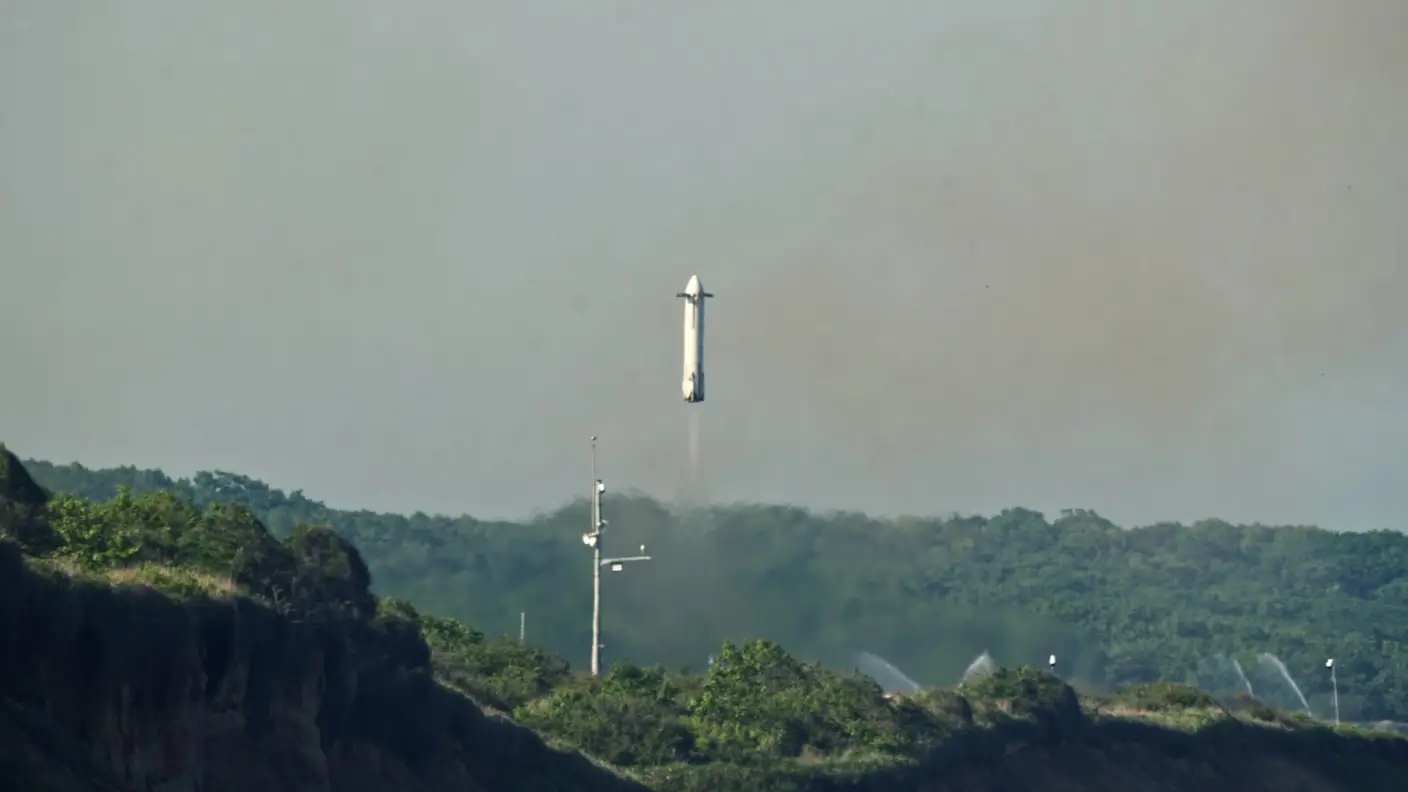
the staff of the Ridgewood blog
TOKYO JAPAN , in a stunning development in the global space race, Honda, best known for its cars, motorcycles, and robotics, has entered the aerospace scene with a successful test launch and landing of a reusable rocket. The quiet project has now positioned Honda alongside industry giants like SpaceX, Blue Origin, and leading Chinese space startups.
🛰️ Honda’s Rocket Surprise: What Happened?
Honda’s prototype reusable rocket soared to nearly 900 feet before executing a smooth descent and landing just 15 inches from its target on a test pad in Taiki, Hokkaido. The launch and landing demonstration, which lasted under one minute, marked a major milestone for the company and shocked experts in both the automotive and aerospace sectors.
🔧 How Honda Did It: From Cars to Rockets
This success didn’t come from nowhere. In 2021, Honda quietly revealed that it had been working for two years on a small-satellite launch vehicle, and had already developed a working engine. However, progress remained under wraps—until now.
Honda’s rocket technology integrates core systems developed for:
-
Combustion engines
-
Control systems
-
Autonomous vehicle technology
This rocket, 21 feet tall and weighing 1.4 tons, features:
-
Four retractable landing legs
-
Aerodynamic fins for descent stabilization
-
A propulsion system likely using liquid cryogenic fuels such as methane and liquid oxygen
Honda’s CEO Toshihiro Mibe commented:
“We believe rocket research is a meaningful endeavor that leverages Honda’s technological strengths. Honda will continue to take on new challenges.”
🌍 What This Means for the Space Industry
Honda now joins an elite group of companies that have successfully landed reusable rockets, placing it ahead of even Japan’s national space agency, JAXA, which has not yet completed a test flight of its own reusable rocket project, Callisto.
This milestone shows that the barriers to space innovation are falling as more companies from non-aerospace sectors join the race. Reusable rockets have the potential to drastically reduce launch costs, making space exploration, satellite deployment, and even space-based communication more accessible.
🚗 Why Honda Is Getting Involved in Space
Beyond exploring the final frontier, Honda is looking at synergies between its automotive and aerospace technologies. For instance:
-
Launching low-orbit satellite constellations could support its connected car and autonomous driving systems
-
Honda is also working on space-based renewable energy systems
-
The company is developing robots designed for space operations
This cross-sector innovation could give Honda a significant advantage as transportation and technology increasingly converge.
🧭 What’s Next?
Honda plans to target a suborbital spaceflight by 2029, where a spacecraft reaches space but does not complete an orbit around Earth. As of now, the company has not confirmed commercialization plans, but the success of this launch could open new doors in private aerospace ventures.
🎥 Watch the Test Flight
In Honda’s official video, viewers can watch the rocket:
-
Launch vertically
-
Retract its legs mid-air
-
Hover at 890 feet
-
Descend with controlled stabilization
-
Land precisely with extended legs—a textbook soft landing
With this successful demonstration, Honda has entered the reusable rocket conversation in a major way. What started as a quiet side project may soon become a major force in reshaping space access for both industry and science. Keep your eyes on the skies—and on Honda.
Follow the Ridgewood blog has a brand-new new X account, we tweet good sh$t
https://twitter.com/TRBNJNews
https://truthsocial.com/@theridgewoodblog
https://mewe.com/jamesfoytlin.74/posts
#news #follow #media #trending #viral #newsupdate #currentaffairs #BergenCountyNews #NJBreakingNews #NJHeadlines #NJTopStories
